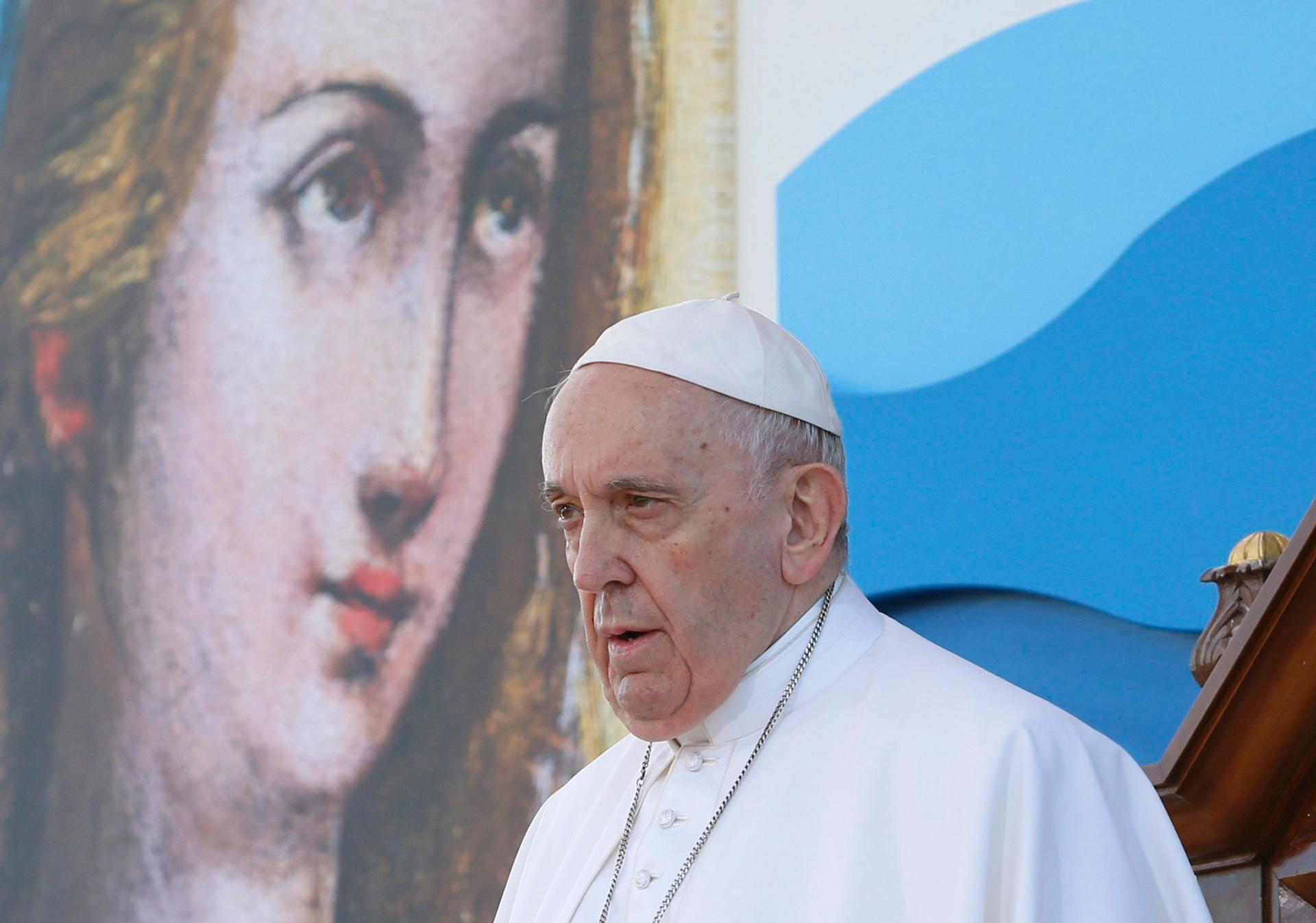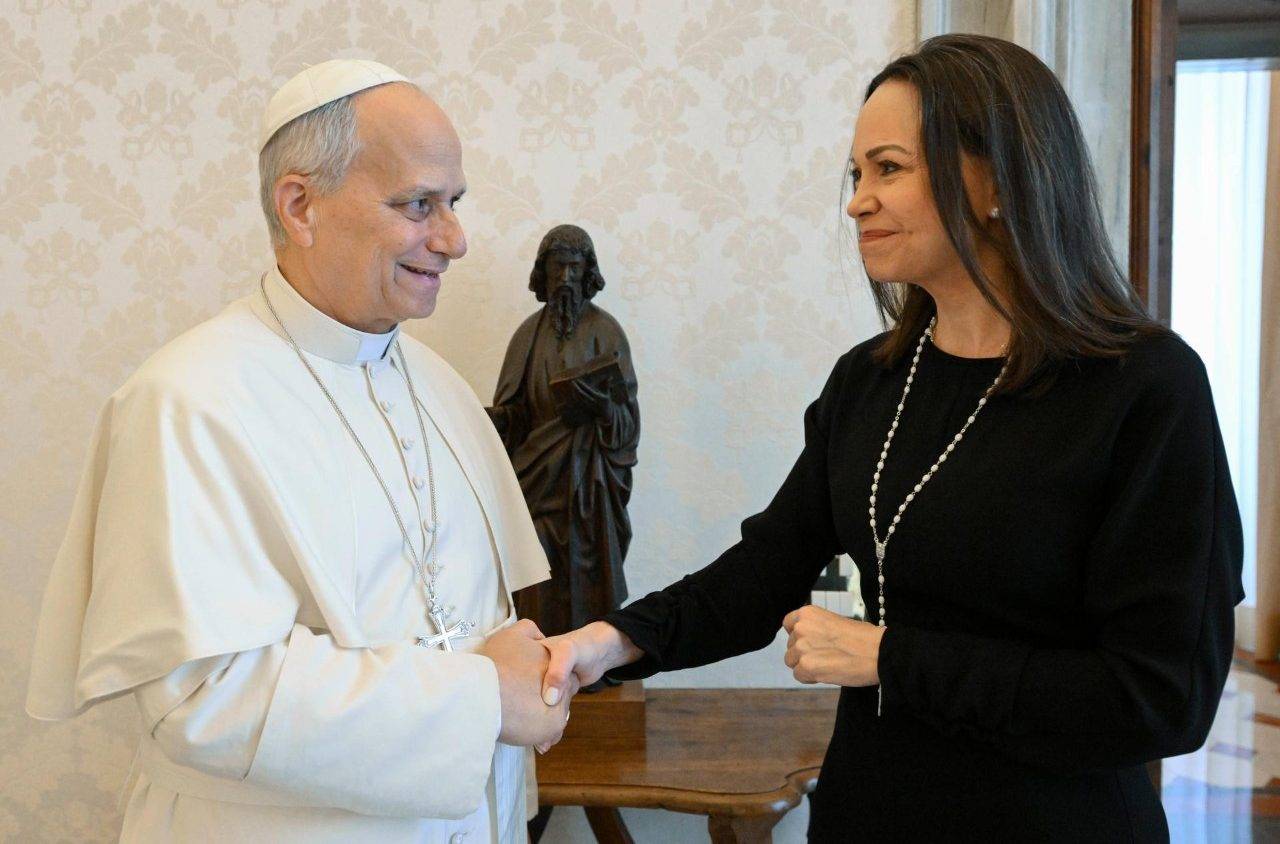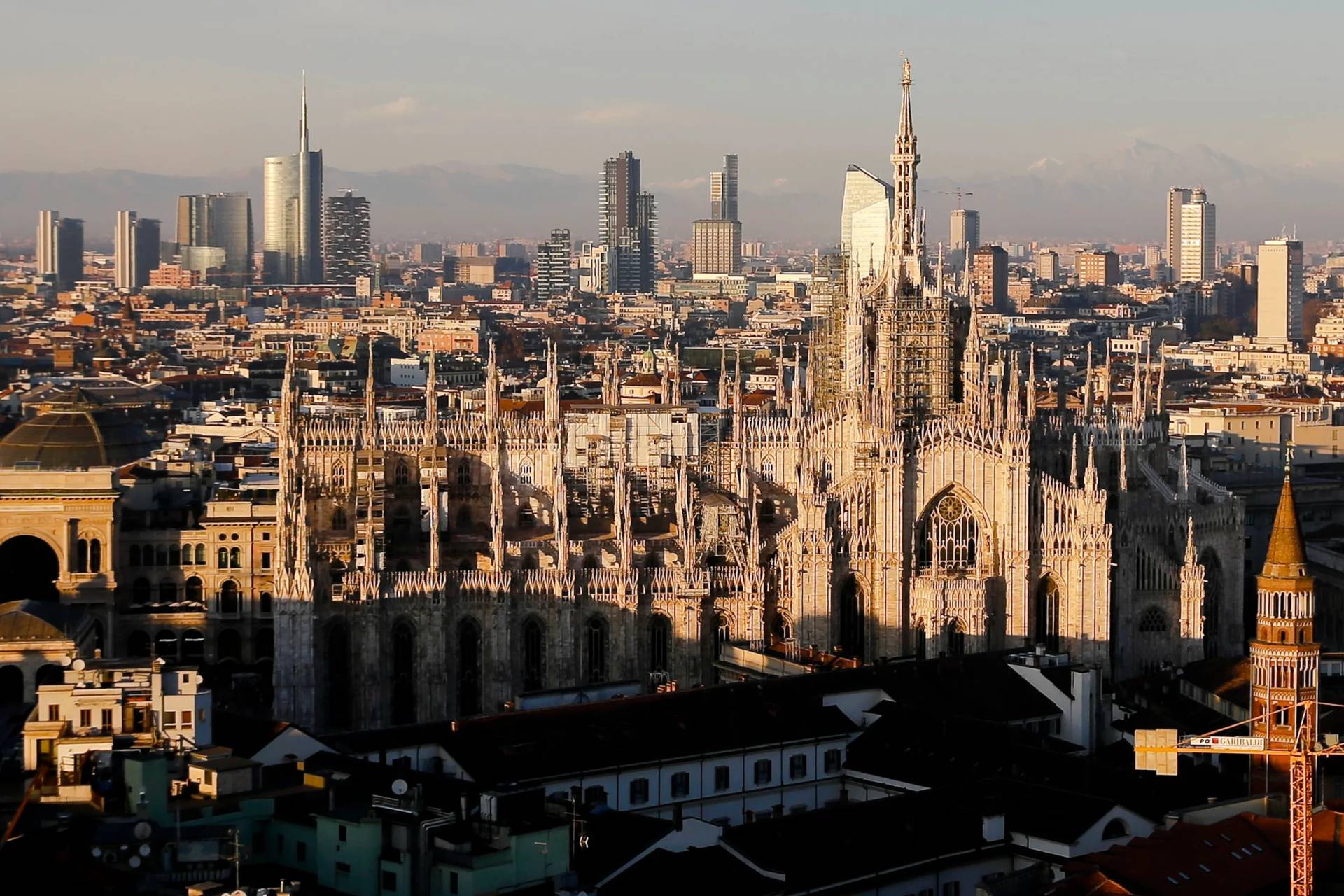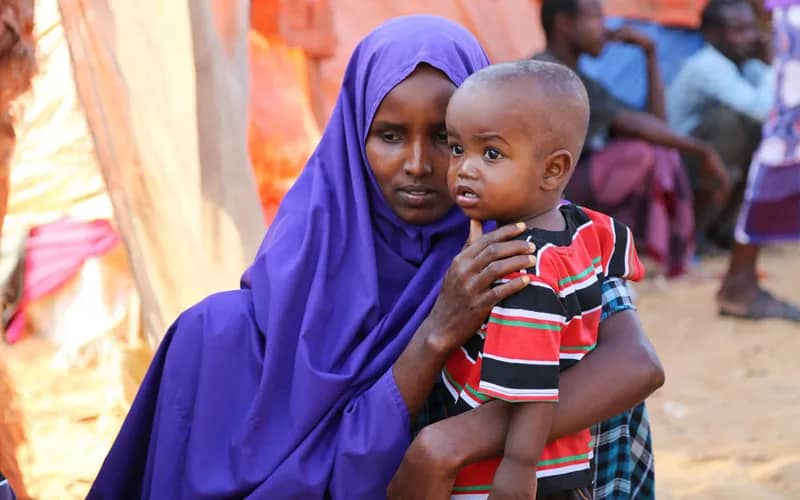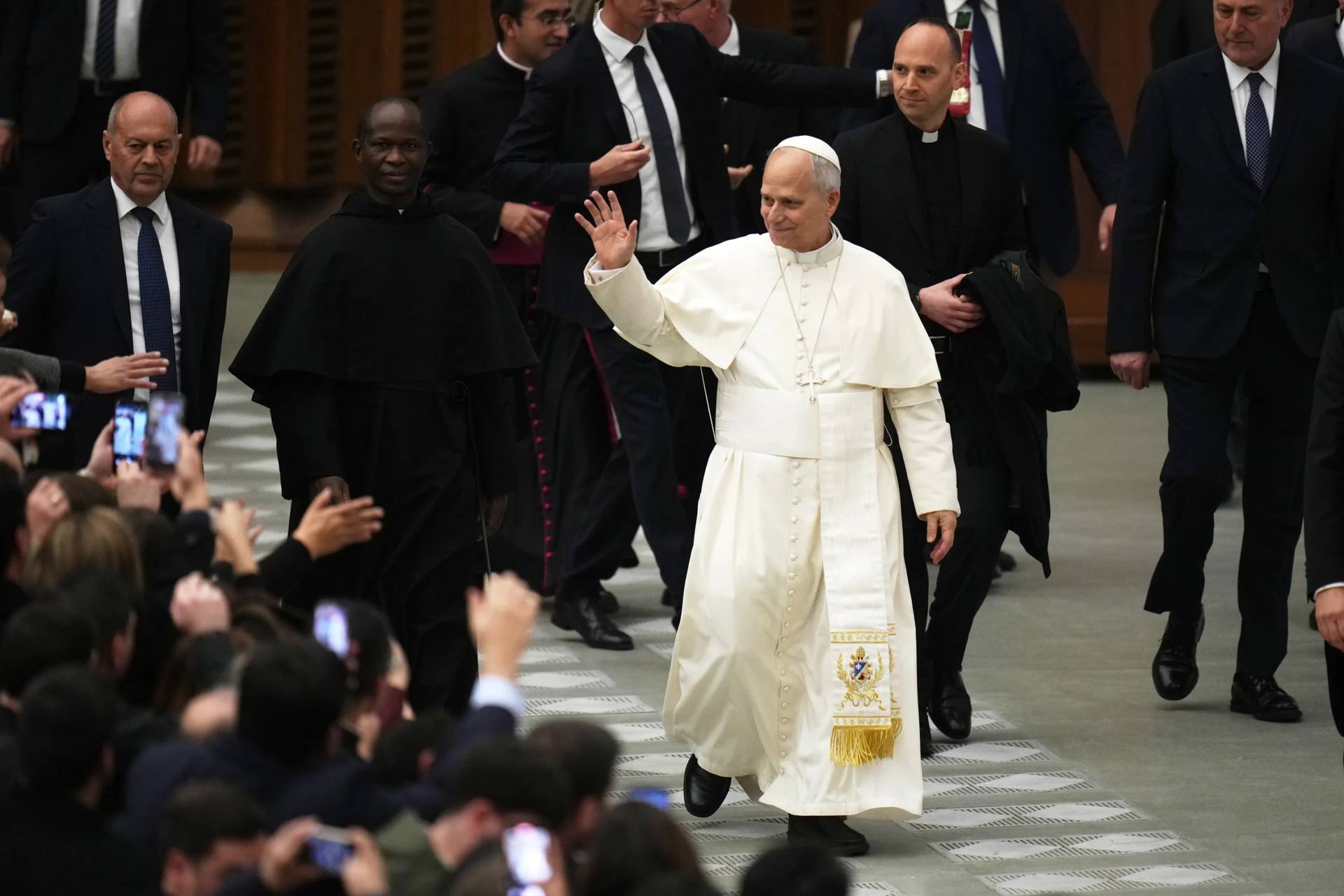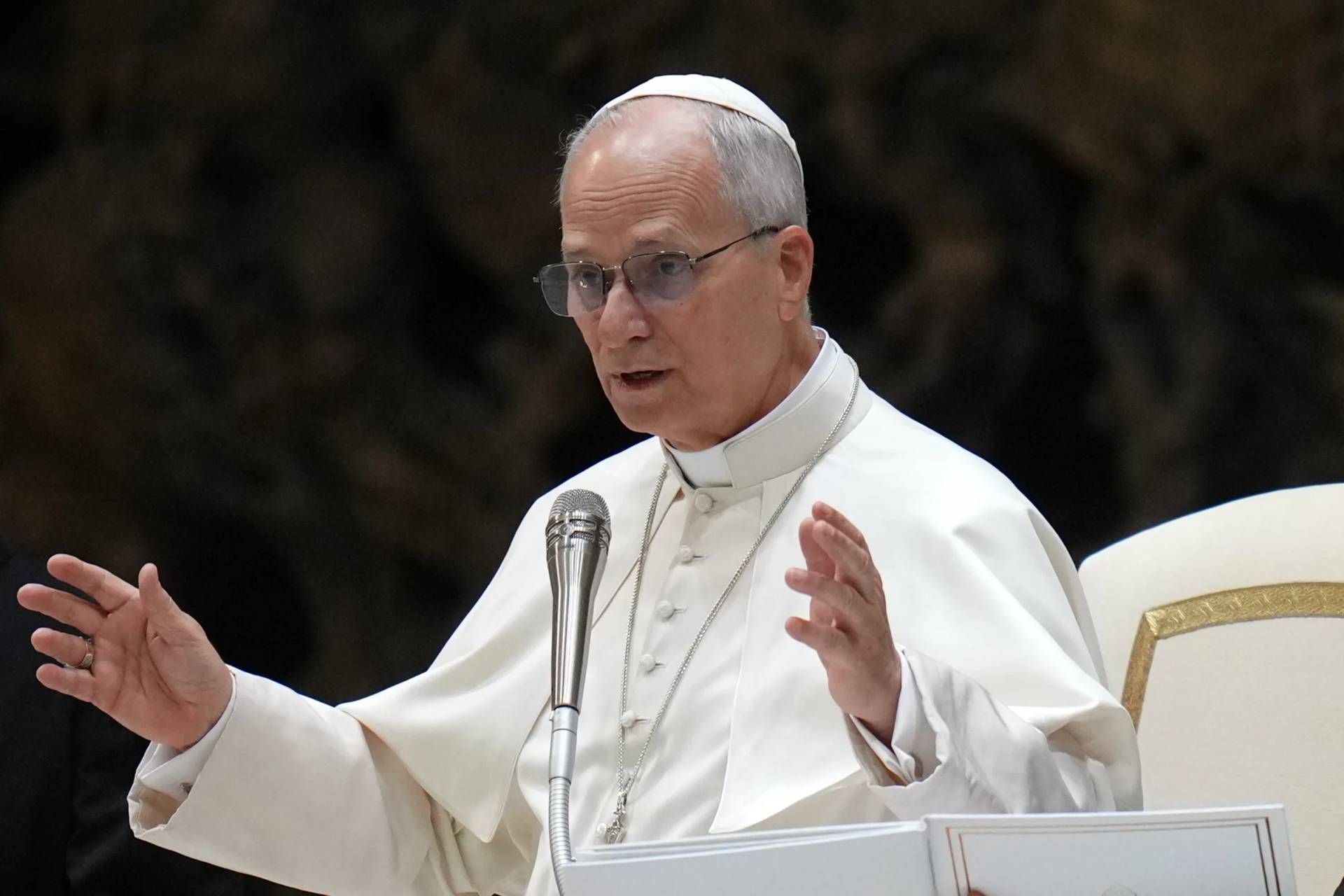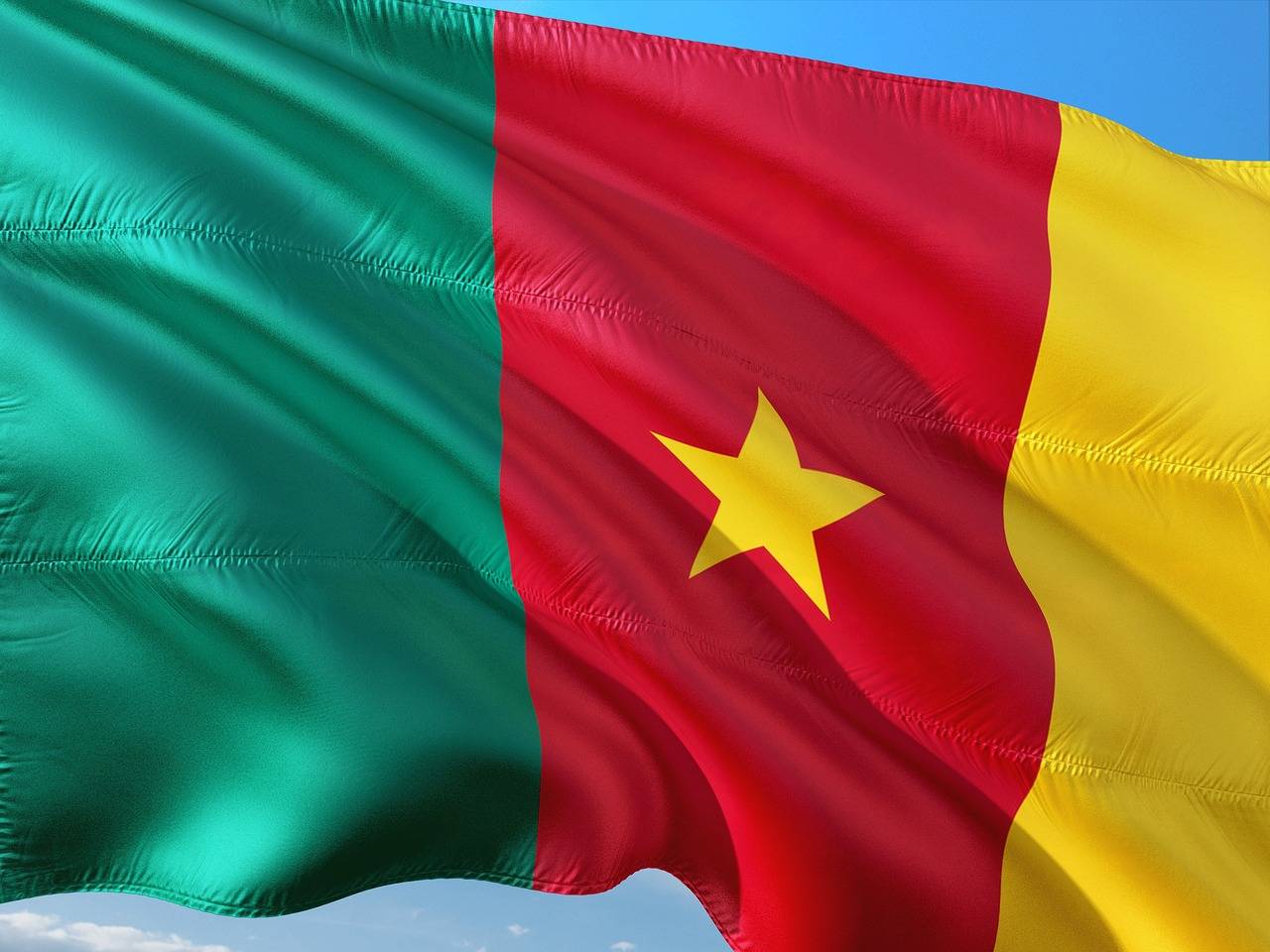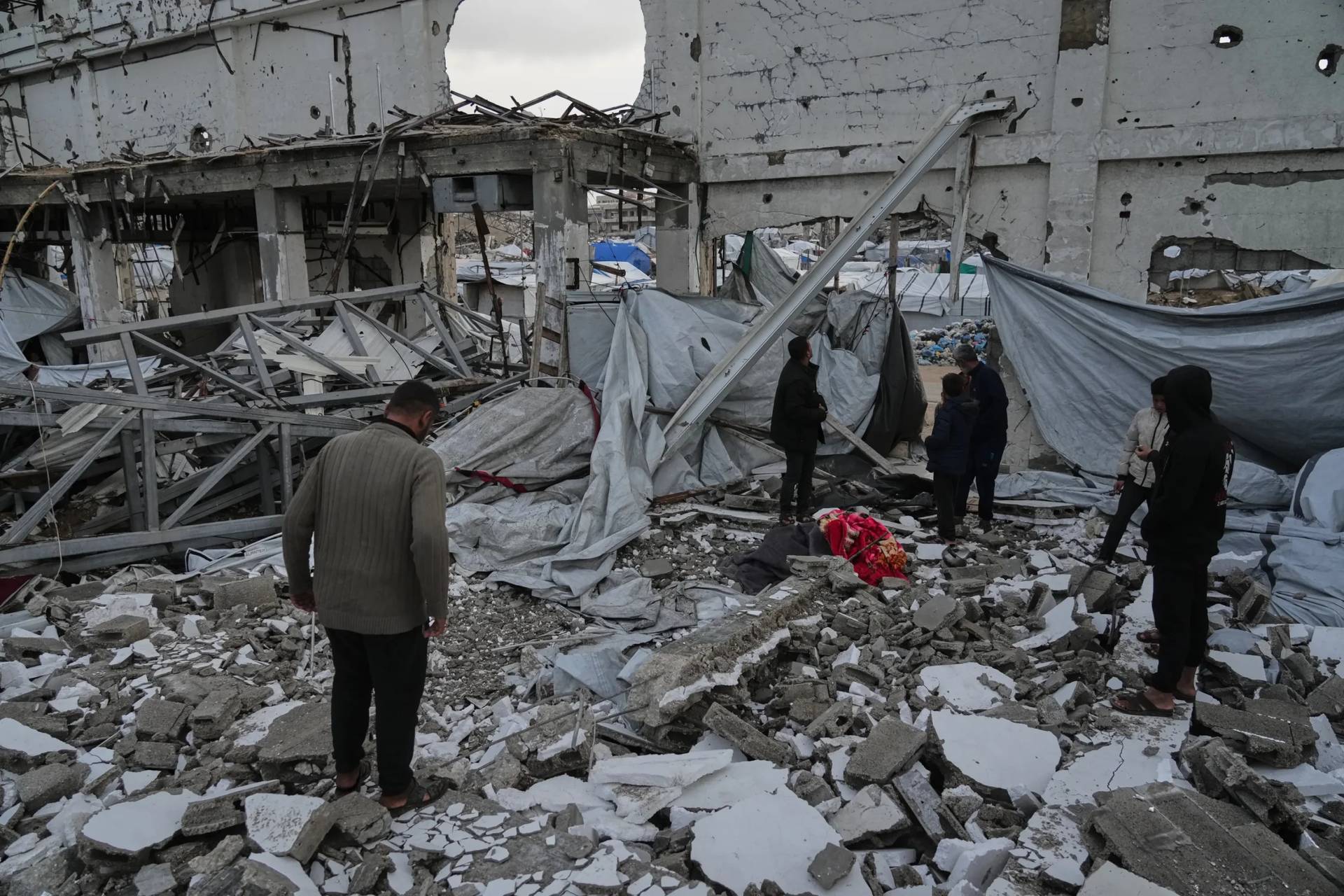ROME – Pope Francis, well known for his affinity for expressions of popular piety and his Marian devotion, is amping up efforts to honor the Virgin Mary this month through a series of weekly prayers at St. Peter’s Basilica.
In addition to the Vatican events, he has also encouraged believers to make individual acts of prayer, specifically praying for peace in Ukraine.
Speaking to pilgrims during his May 1 Regina Coeli address, the pope noted that for Catholics, the month of May is dedicated in a special way to the Mother of God, and urged individual believers and faith communities to pray the rosary every day for peace.
“My thoughts turn immediately to the Ukrainian city of Mariupol, the ‘City of Mary,’ barbarously bombed and destroyed,” he said, referring to the key port town where some 200 civilians have been trapped as Russian forces continue their offensive to take the city.
Pope Francis appealed for humanitarian corridors so civilians can safely evacuate and questioned the political resolve for peacemaking.
“Please do not surrender to the logic of violence, to the perverse spiral of weapons. Let us take the path of dialogue and peace,” he said.
This year, the pope has also launched several initiatives taking place throughout the month in St. Peter’s, which are being organized jointly by the Vatican and the Vicariate of Rome, and which are dedicated to Mary under her title of Mater Ecclesiae, or “Mother of the Church.”
One of these events is a walking prayer inside St. Peter’s that begins at 4 p.m. in the atrium of the basilica and stops in places specifically dedicated to the Virgin Mary. The prayer lasts an hour, and is followed by the celebration of Mass.
In addition, every Saturday evening throughout the month, from 9-10 p.m., a torchlit procession and rosary led by Cardinal Angelo Comastri, the former archpriest of St. Peter’s Basilica, will take place in St. Peter’s Square with a reproduction of the Mater Ecclesiae icon.
At the beginning of the COVID-19 pandemic, the pope had Comastri begin leading the praying of the rosary and of the Angelus in St. Peter’s Basilica via livestream for pilgrims who wished to tune in for an additional spiritual boost, and the practice is still going.
The Vatican has touted these new moments of prayer in May as part of the ongoing Synod of Bishops on Synodality inaugurated by Pope Francis in October last year, saying Mary as Mater Ecclesiae is an inspiration for the church “which, in the Spirit, renews the enthusiasm and missionary momentum of the apostles.”
Francis typically closes the month of May with a rosary ending at the Lourdes grotto in the Vatican Gardens, and he typically makes an appeal for extra Marian prayers to be said during the month, but this marks the first time he has organized additional guided events in and around the Vatican to honor the church’s Marian month.
Yet while these events in themselves might be a novelty, the use of popular piety is nothing new to Francis, who since his time in Buenos Aires has been known for his Marian devotion, and for use of signs and symbols expressed through popular devotion, particularly in times of crisis.
This was especially true during the pandemic, the most notable example of which was his March 27 prayer in an empty, rainy St. Peter’s Square. During the event, Francis offered an unprecedented Urbi et Orbi blessing “to the city and to the world,” normally only given at Christmas and Easter.
During the event, the historic Salus Populi Romani (health of the Roman people) icon, usually housed in the Basilica of Saint Mary Major, and a so-called “miraculous crucifix” from the St. Marcellus church on Via del Corso, a typically crowded shopping street, were also displayed.
Both the icon and the crucifix are highly significant among Romans and have traditionally been points of reference in times of plague. After the March 27 event, they both stayed at St. Peter’s Basilica and were at the center of the Vatican’s major liturgies during Holy Week and Easter.
Pope Francis’s devotion to the Virgin Mary was often on display in Buenos Aires, where as archbishop he would participate in massive pilgrimages to the shrine of Our Lady of Lujan, patroness of Argentina.
By now his frequent stops at the Basilica of St. Mary Major to visit the Salus Populi Romani before and after every international trip, usually leaving a bouquet of flowers behind, have become iconic, showing not only his strong affinity for Mary and for popular devotion, but also his commitment as bishop of the Diocese of Rome.
He often visits the most prominent Marian shrine in a place during state visits, using his stops at these shrines as opportunities to celebrate the contribution of women to local culture, condemn violence against women, and defend women’s rights.
Despite all this, the pope has not yet in his nine years as pontiff organized regular Marian events in St. Peter’s for the month of May, making the decision to do so this year significant, especially in light of the Ukraine war.
With both his appeal for a daily rosary and these new events, Pope Francis is giving Catholics, who might otherwise feel powerless, a way to come together as a universal community and get involved, at least spiritually, in the peacemaking process.
Follow Elise Ann Allen on Twitter: @eliseannallen
